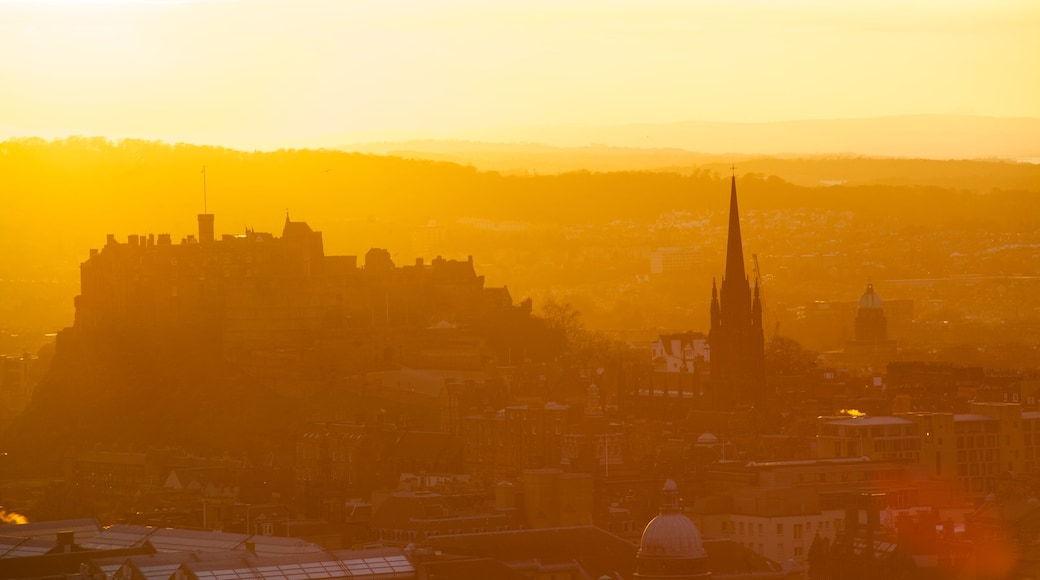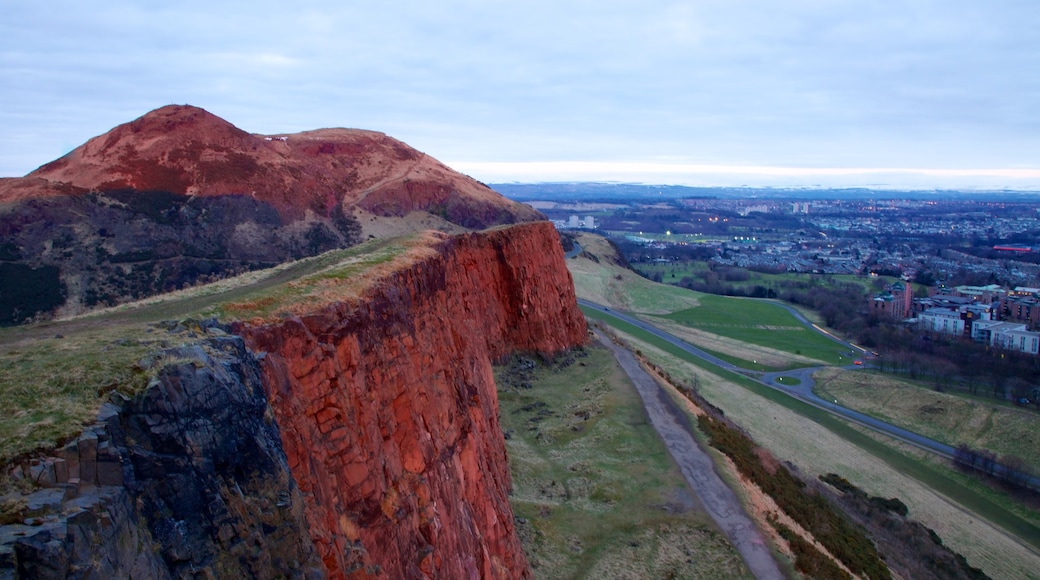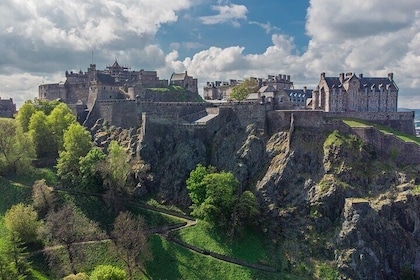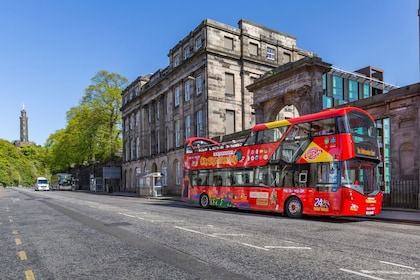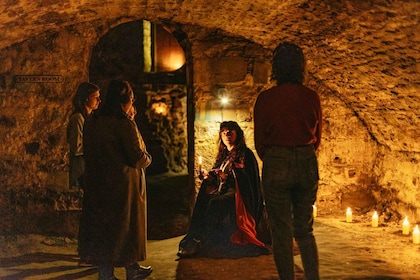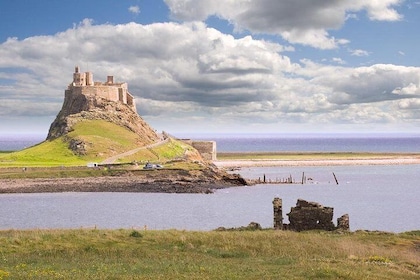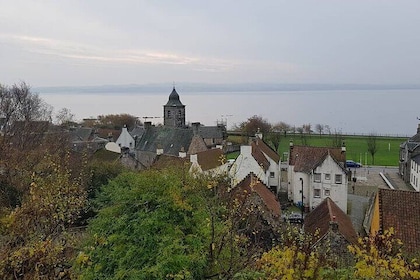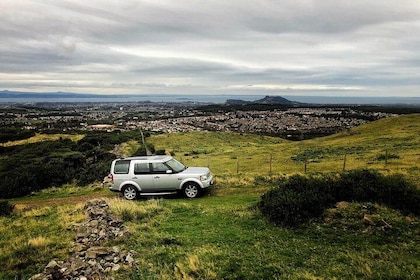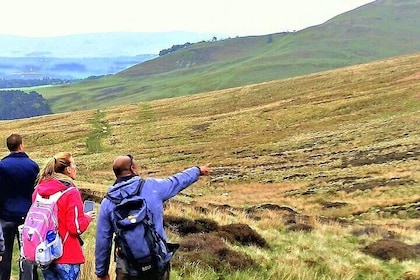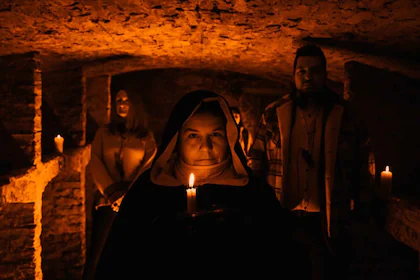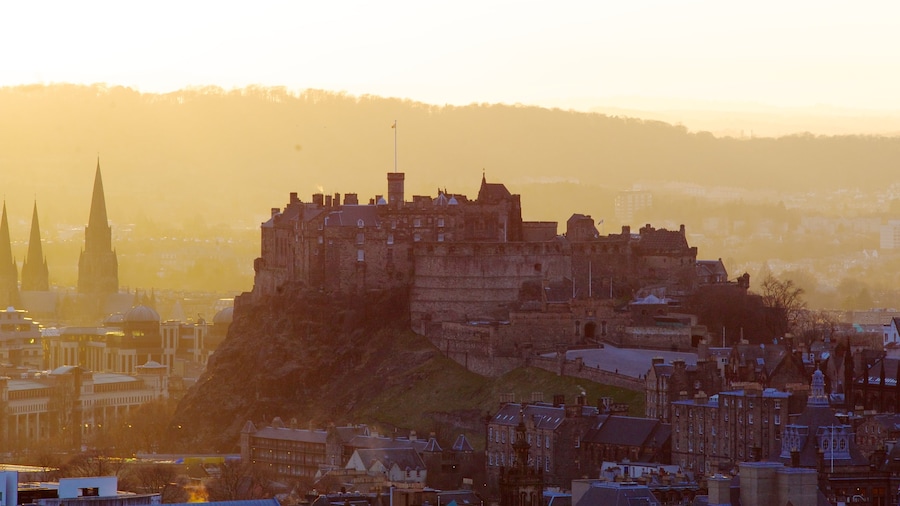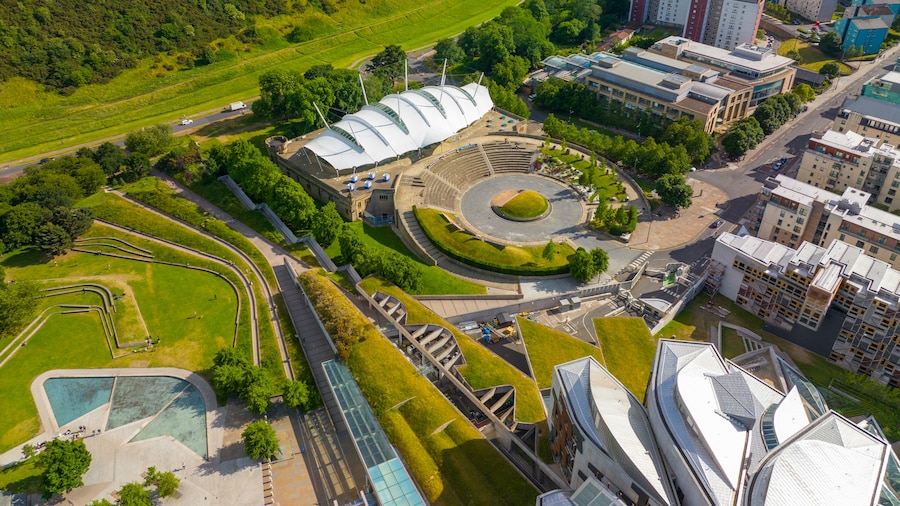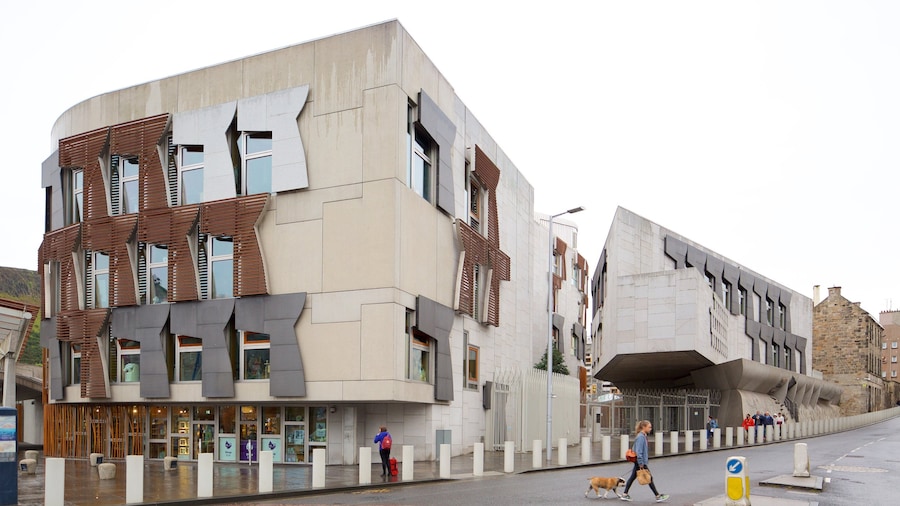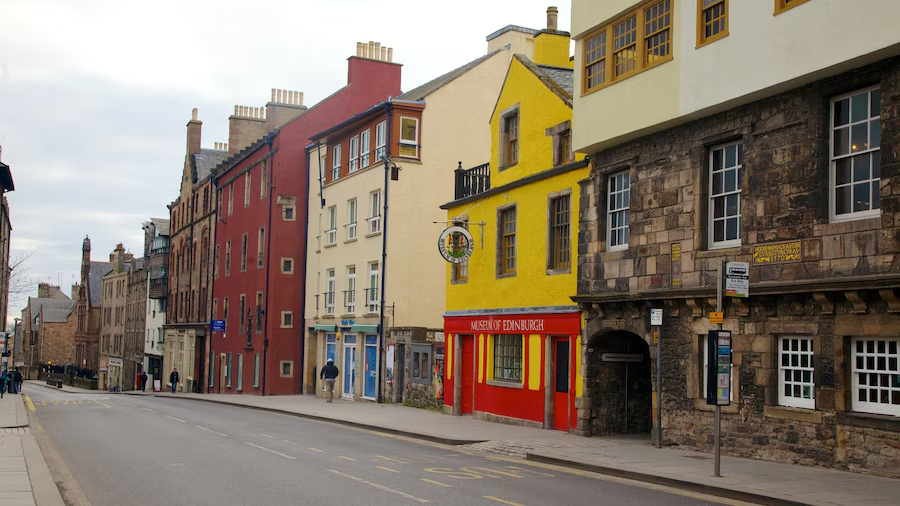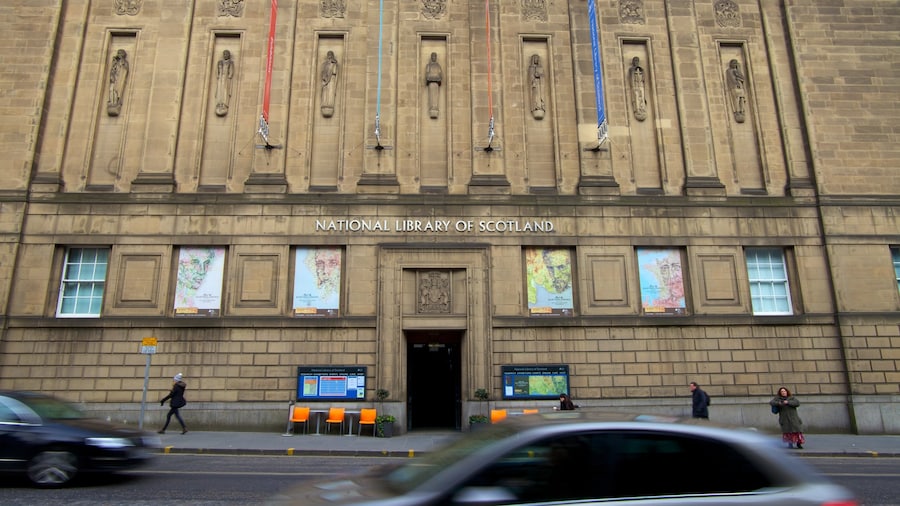Walk to the top of this once-active volcano for incredible views of the city.
Rising to a height of over 250 metres, the rocky peak of Arthur's Seat is part of a large extinct volcano that last erupted over 350 million years ago. Take a walk up this famous Edinburgh landmark which has been said to resemble a crouching lion, and take a journey back to this region’s volcanic roots.
It is not known from what or where the landmark takes its name. Some claim it is named after the legendary King Arthur. Others have argued that the name is in fact a distortion of 'Ard-na-Said', a Gaelic phrase which means 'Height of the Arrows'.
It’s around five kilometres to the top of Arthur's Seat. If you walk quickly, you could manage it in just over half an hour, but it could take a lot longer, depending on the route you take. The ascent is fairly straightforward, though visitors who aren’t used to hill walking may find it more of a challenge.
On the way up the hill, look out for the mounds of dark grey basalt rock, the lasting evidence of the lava which once flowed here. The walk to the summit is well worth the effort as you’ll find yourself rewarded with incredible views over the city.
Look west over the castle and the city's Old Town and New Town for what many regard to be the finest views as they stretch all the way across the Firth of Forth to Fife. On clear days, you can even make out the Highlands on the horizon. Look out to the eastern side of the summit and there you'll see two stony banks, which are the surviving remnants of an Iron Age hillside fort.
Located in Holyrood Park, Arthur's Seat is only a short walk from the Royal Mile and close to the city centre. Begin your climb up the hill from the Palace of Holyroodhouse's car park, which can be reached by bus from the centre of Edinburgh.

